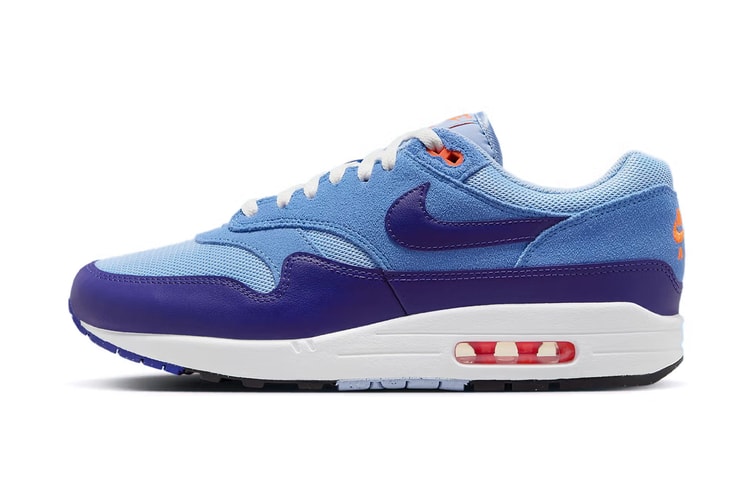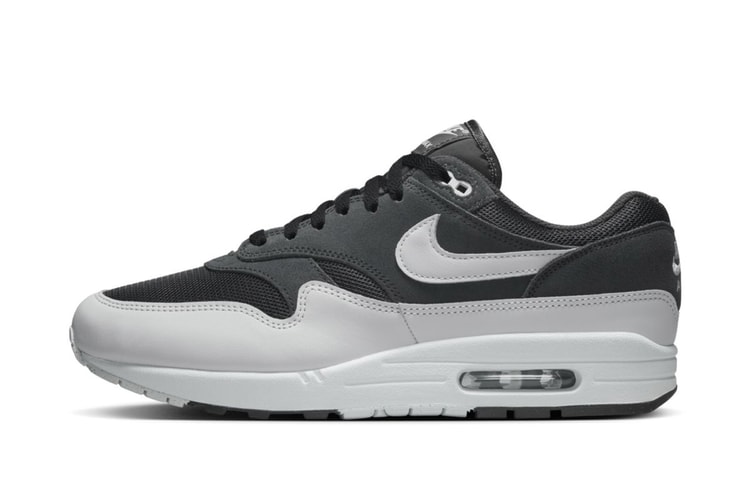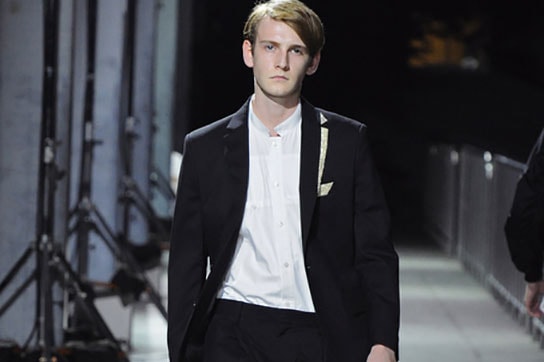Nike Explains the Complexities That Went Into the Upcoming Air Max 1 Ultra Flyknit
When past meets the future.

Many designs from Tinker Hatfield has successfully lasted against the challenge of time and the Air Max 1 silhouette will make a return with some technological upgrades. Its original inspiration designed back in 1987 featured a visible Air Unit which was set to change the game of footwear moving forward. Throughout the years Nike’s Air Max 1 silhouette has seen a countless amount of changes from colorways to materials used and the Swoosh will be adding Flyknit to its iconic upper. Throughout the upcoming upgrade you’ll find Flyknit construction from the toe to its heel as open areas will serve for ventilation while closed areas will offer more support.
The Nike Air Max 1 Ultra Flyknit was spearheaded by Nike’s project lead designer and footwear designer Ben Yun. Along with aiming for perfection through various amounts of prototypes, you can read his take upon the silhouette’s process below.
You can expect the Nike Air Max 1 Ultra Flyknit to release on July 21 via the Nike SNKRS App and be followed with a global and NikeiD release on July 28.

Interviewer: As far as the upper build, can you talk a little bit about how you streamlined the structure?
Ben Yun: The structure of the Air Max 1 is reinforced with hyper-fuse design in the upper. Because the Flyknit is so soft and flexible, we reinforced it with a hyper-fuse design to hold the shape.
Interviewer: Can you speak a little bit on the complexities of the specific areas of Flyknit?
Ben Yun: The Air Max 1 silhouette is so simple, and we wanted to keep the new Flyknit version simple as well to stay true to that. Our goal was to keep it as one structure. Flyknit is complex and a fine material that we have to knit it tighter and looser in different areas so that it conforms to the shape and replicates the Air Max 1 silhouette. In some areas on the shoe it’s more tightly woven, less stretchy to build the structure. In other areas it is looser, more breathable, allows for a wrapping of the material. It is really the bigger, looser knit parts of the upper shape that keep it very lightweight and breathable. That lightweight and breathable quality of Flyknit makes the Air Max 1 the perfect shoe to come out in the summertime.
Interviewer: Because it’s so iconic, did you feel an overall sense of responsibility to catch all the details in the Air Max 1 design?
Ben Yun: Even though today we have all the technology and design programs and machines to create products exactly as we imagine them, however we still have to engineer the knitting process to take Flyknit to new places. Because each shoe is knit specifically, it’s hard to make sure every pair fresh out of the box is identical. It’s a huge game of finesse when you deal in new materials.
















